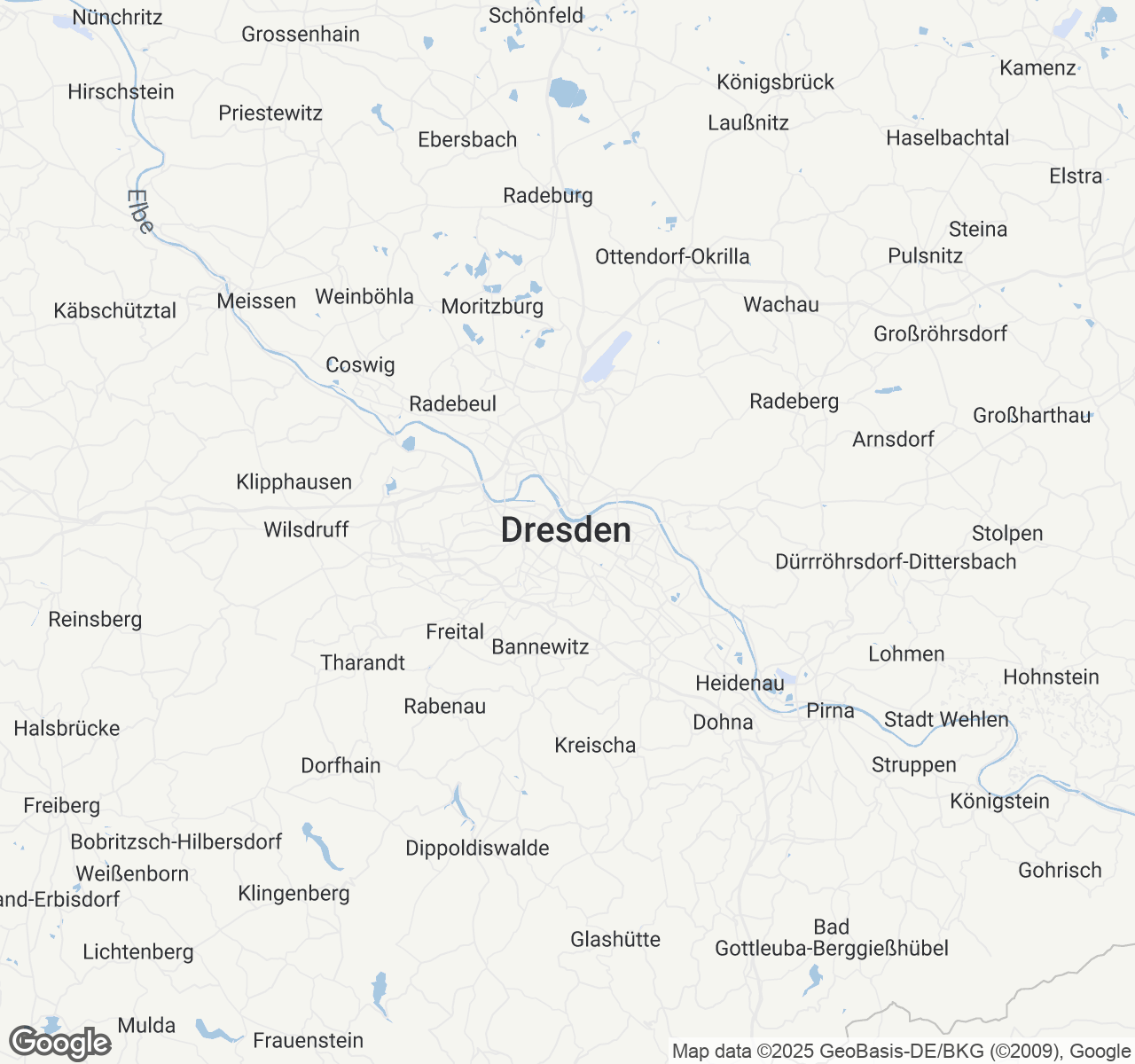
Things to Do in Dresden
Discover the best of Dresden
Plan Your Trip
Essential guides for timing and budgeting
Road Trips from Dresden
Explore scenic driving routes and epic journeys
Top Things to Do in Dresden
Discover the best activities and experiences. Book now with our trusted partners and enjoy hassle-free adventures.
Your Guide to Dresden
About Dresden
Where baroque splendor rises phoenix-like from the ashes of history, Dresden whispers tales of resilience and rebirth along the gentle curves of the Elbe River. This 'Florence on the Elbe' enchants visitors with its meticulously reconstructed Old Town, where honey-colored sandstone facades glow golden in the morning light and church bells echo across cobblestone squares that have witnessed centuries of triumph and tragedy. The city breathes with an almost musical rhythm—from the world-renowned Semperoper's evening performances to the quiet rustle of art lovers wandering through the Zwinger's galleries. Here, master craftsmen still practice ancient techniques in workshops tucked between grand palaces, while innovative restaurants blend Saxon traditions with contemporary flair. Dresden's soul lies not just in its impressive architecture or world-class museums, but in its profound understanding that true beauty emerges from carefully tending what matters most, rebuilding with patience, and honoring both memory and possibility.
Travel Tips
Transportation: Purchase a Dresden City Card for unlimited public transport plus museum discounts. Trams are most efficient for city center; avoid driving in Altstadt due to limited parking. Book Saxon Steam Railway early for scenic Elbe Valley excursions.
Money: Germany uses euros; cards widely accepted but carry cash for traditional restaurants and Christmas markets. Tipping 8-10% is standard. Many churches and some attractions request €2-5 photography fees separately from admission.
Cultural Respect: Dress modestly when visiting rebuilt churches, especially Frauenkirche. Germans value punctuality—arrive precisely on time for opera or concerts. Maintain quiet voices in public transport and museums. Sunday shopping is very limited.
Food Safety: Tap water is excellent and safe. Try traditional Saxon sauerbraten at historic restaurants like Pulverturm. Local Radeberger beer pairs perfectly with regional specialties. Avoid tourist traps near Frauenkirche; venture to Neustadt for authentic dining.
When to Visit
Dresden shines brightest during late spring (May-June) when temperatures hover around 15-22°C with minimal rainfall (40-60mm monthly), perfect for strolling reconstructed streets and Elbe riverbanks. Summer (July-August) brings peak crowds and prices 25-30% higher, with temperatures reaching 24-26°C but occasional heavy showers. The city truly transforms during Christmas season (late November-December 24th) when the famous Striezelmarkt, Germany's oldest Christmas market dating to 1434, fills Altmarkt square with wooden stalls and glühwein warmth, despite cold 2-7°C temperatures and frequent light snow. Autumn (September-October) offers ideal conditions with 18-22°C temperatures, golden foliage along the Elbe, and 20% lower accommodation rates. Winter months beyond Christmas see the fewest tourists and lowest prices (40% below peak), though many attractions have reduced hours. Culture enthusiasts should target February-June for Semperoper's full season, while budget travelers find excellent value in January-March. The Dresden Music Festival (May-June) and Long Night of Museums (typically May) create special atmospheric experiences worth planning around, though expect higher demand for accommodations during these cultural highlights.

Dresden location map